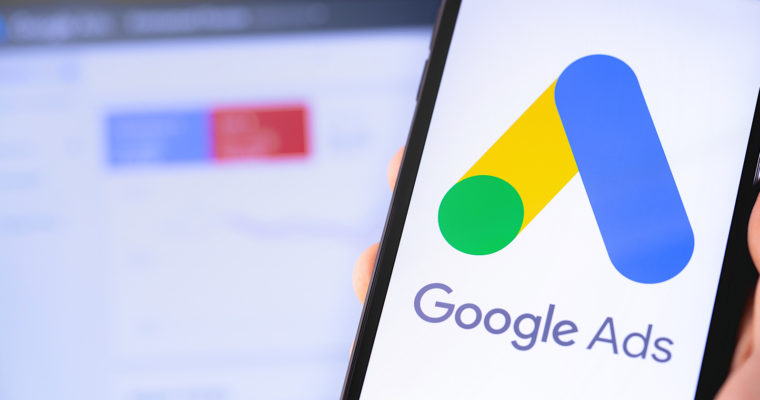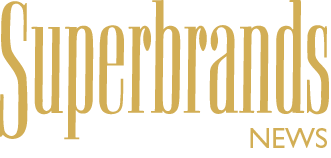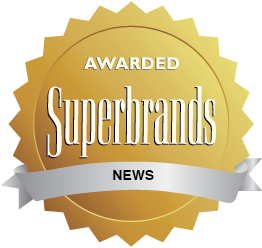These brands spend nearly $100 billion on ads. They want Facebook and Google to raise their game – CNN

|
Getting your Trinity Audio player ready...
|
SOURCE: Hadas Gold | CNN
Some of the world’s biggest advertisers have joined forces with Facebook (FB), YouTube and Twitter (TWTR) in an attempt to prevent harmful online content messing with their campaigns.
Companies such as Procter & Gamble (PG), Kellogg (K), Adidas (ADDDF), Unilever (UL), and PepsiCola (PEP), are worried that their ads can pop up next to content they don’t want associated with their brands, such as violent or terrorist videos and hate speech.
The Global Alliance for Responsible Media, which represents 60 companies, ad agencies, industry associations and digital platforms, announced at the World Economic Forum on Thursday a series of measures it says will help keep harmful content offline and away from advertisements.
Taken together, the companies and agencies represent $97 billion of advertising spend. And every year, a bigger chunk of those budgets is spent with digital platforms.
In an interview on the sidelines of the WEF’s annual meeting in Davos, Switzerland, Marc Pritchard, chief brand officer at P&G, said he wants a responsible and transparent system.
“I really want the same standards that we have on TV, radio and print,” Pritchard told CNN Business.
The alliance says it will establish a shared standard to determine what content is harmful; common tools that can be used to ensure ads don’t appear next to that content; and metrics so that the industry can assess how successful they are at blocking and taking down harmful content.
We just don’t want bad content out there, and you especially don’t want your brands next to it and you certainly don’t want your funds next to it funding these bad actors.
“We just don’t want bad content out there, and you especially don’t want your brands next to it and you certainly don’t want your funds next to it funding these bad actors,” Pritchard said.
The problem of ads appearing next to harmful content used to be a near-daily headache, Pritchard said. In 2016, P&G and other companies started calling for greater transparency from the digital media platforms so they could understand what’s being seen, where and by whom.
“Once we started getting that data, around 2017, we started finding there were some problems,” Pritchard said.
That led to P&G suspending all their advertisements on YouTube for more than a year. Now P&G only advertises on select channels on the Google (GOOGL)-owned platform, Pritchard said.
Google’s president of brand solutions Kirk Perry said in a statement that finding a shared understanding of how to identify and treat harmful content is “an important step.”
Carolyn Everson, Facebook’s (FB) vice president of global marketing solutions, said in a statement that the company’s “commitment to safety and partnering across the industry is unwavering.”
Pritchard said there had been progress in recent years on removing harmful content, but he called on all digital media platforms to go much further.
“They should all be doing better, seriously,” he said. “They all should be doing better and we as advertisers should all be doing our part and our agencies should be doing their part.”


